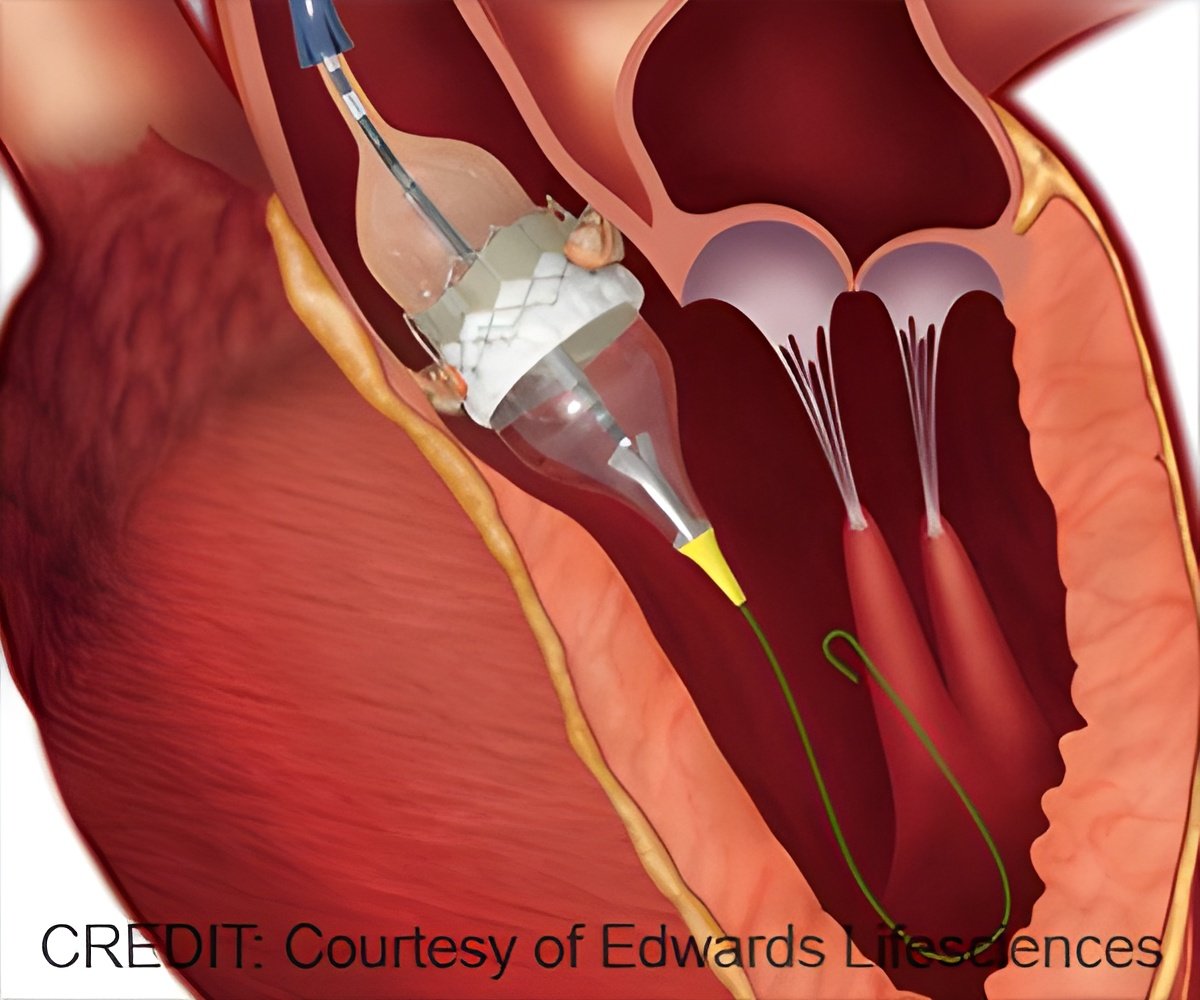
‘Conscious sedation is a safe and a viable option for heart valve procedure when compared to anesthesia.’
Tweet it Now
In the study, patients who underwent conscious sedation had a similar rate of adverse events to those who underwent anesthesia, but those who were given conscious sedation had shorter stays in the intensive care unit (30 versus 96 hours for those with general anesthesia) and shorter hospital stays (4.9 days versus 10.4 days). The direct costs for their care were 28 percent lower, and almost all other medical costs were lower as well. In both groups, 1.5 percent of patients died during hospitalization.The study was led by Dr. Richard Shemin, the Robert and Kelly Day Professor of Surgery and chief of cardiac surgery at the David Geffen School of Medicine at UCLA and Dr. Peyman Benharash, an assistant professor of cardiothoracic surgery at the David Geffen School of Medicine at UCLA.
The study was the first to detail the cost differences and outcomes between conscious sedation and general anesthesia during transcatheter aortic valve replacement. Researchers analyzed records of 196 adult patients who underwent transcatheter aortic valve replacement at Ronald Reagan UCLA Medical Center between August 2012 and June 2016. The researchers write that a large-scale, controlled and randomized study should be conducted to validate their findings.
Based on the study, patients undergoing transcatheter aortic valve replacement should receive conscious sedation instead of general anesthesia whenever possible.
Aortic Stenosis
Aortic stenosis is a common disease, particularly among people 75 and older, in which one of the valves of the heart narrows and impedes blood flow to the body.
Advertisement
In recent years, the use of transcatheter aortic valve replacement, or TAVR, has made the repair safer: Physicians place a new valve in the heart via a catheter inserted through the patient's leg, which results in less injury and an easier recovery than open heart surgery. Most medical centers perform the procedure under general anesthesia but some, including UCLA, now offer their patients conscious sedation, which does not require a breathing tube.
Advertisement
Source-Eurekalert















